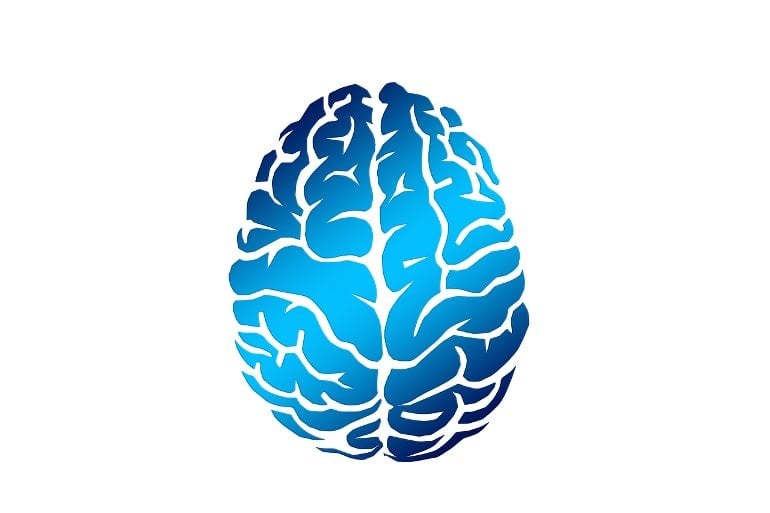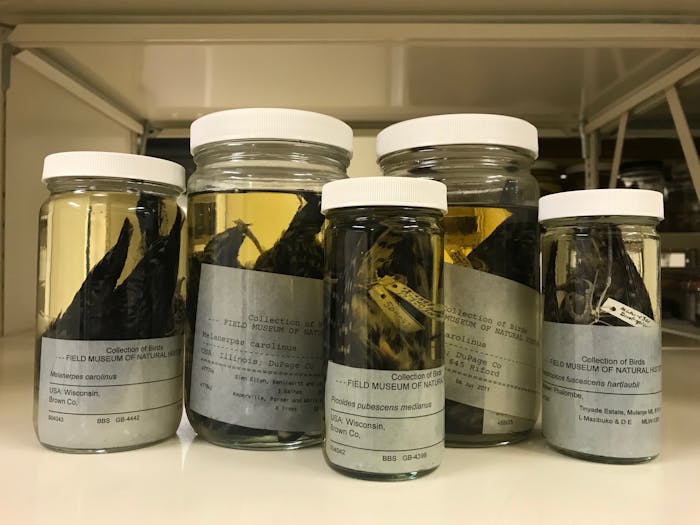Summary: Traumatic brain injuries may increase the risk of developing glioma brain cancer later in life, researchers report. The study found brain injury caused specific genetic mutations to synergize with inflammation, making brain cells more likely to become cancerous.
Source: UCL
Researchers from the UCL Cancer Institute have provided important molecular understanding of how injury may contribute to the development of a relatively rare but often aggressive form of brain tumor called a glioma.
Previous studies have suggested a possible link between head injury and increased rates of brain tumors, but the evidence is inconclusive. The UCL team have now identified a possible mechanism to explain this link, implicating genetic mutations acting in concert with brain tissue inflammation to change the behavior of cells, making them more likely to become cancerous.
Although this study was largely carried out in mice, it suggests that it would be important to explore the relevance of these findings to human gliomas.
The study was led by Professor Simona Parrinello (UCL Cancer Institute), Head of the Samantha Dickson Brain Cancer Unit and co-lead of the Cancer Research UK Brain Tumor Center of Excellence. She said, “Our research suggests that a brain trauma may contribute to an increased risk of developing brain cancer in later life.”
Gliomas are brain tumors that often arise in neural stem cells. More mature types of brain cells, such as astrocytes, have been considered less likely to give rise to tumors. However, recent findings have demonstrated that after injury astrocytes can exhibit stem cell behavior again.
Professor Parrinello and her team therefore set out to investigate whether this property may make astrocytes able to form a tumor following brain trauma using a pre-clinical mouse model.
Young adult mice with brain injury were injected with a substance which permanently labeled astrocytes in red and knocked out the function of a gene called p53—known to have a vital role in suppressing many different cancers. A control group was treated the same way, but the p53 gene was left intact. A second group of mice was subjected to p53 inactivation in the absence of injury.
Professor Parrinello said, “Normally astrocytes are highly branched—they take their name from stars—but what we found was that without p53 and only after an injury the astrocytes had retracted their branches and become more rounded. They weren’t quite stem cell-like, but something had changed. So we let the mice age, then looked at the cells again and saw that they had completely reverted to a stem-like state with markers of early glioma cells that could divide.”
This suggested to Professor Parrinello and team that mutations in certain genes synergized with brain inflammation, which is induced by acute injury and then increases over time during the natural process of aging to make astrocytes more likely to initiate a cancer. Indeed, this process of change to stem-cell like behavior accelerated when they injected mice with a solution known to cause inflammation.
The team then looked for evidence to support their hypothesis in human populations. Working with Dr. Alvina Lai in UCL’s Institute of Health Informatics, they consulted electronic medical records of more than 20,000 people who had been diagnosed with head injuries, comparing the rate of brain cancer with a control group, matched for age, sex and socioeconomic status.
They found that patients who experienced a head injury were nearly four times more likely to develop a brain cancer later in life, than those who had no head injury. It is important to keep in mind that the risk of developing a brain cancer is overall low, estimated at less than 1% over a lifetime, so even after an injury the risk remains modest.

Professor Parrinello said, “We know that normal tissues carry many mutations which seem to just sit there and not have any major effects. Our findings suggest that if on top of those mutations, an injury occurs, it creates a synergistic effect.
“In a young brain, basal inflammation is low so the mutations seem to be kept in check even after a serious brain injury. However, upon aging, our mouse work suggests that inflammation increases throughout the brain but more intensely at the site of the earlier injury. This may reach a certain threshold after which the mutation now begins to manifest itself.”
Abstract
Injury primes mutation bearing astrocytes for dedifferentiation in later life
Highlights
- The tumor suppressor p53 restricts injury-induced plasticity of cortical astrocytes
- p53 loss destabilizes astrocyte identity in the context of injury in early life
- Increased neuroinflammation at the injury site drives dedifferentiation upon aging
- EGFR activation by injury signals mediates dedifferentiation downstream of p53 loss
Summary
Despite their latent neurogenic potential, most normal parenchymal astrocytes fail to dedifferentiate to neural stem cells in response to injury. In contrast, aberrant lineage plasticity is a hallmark of gliomas, and this suggests that tumor suppressors may constrain astrocyte differentiation.
Here, we show that p53, one of the most commonly inactivated tumor suppressors in glioma, is a gatekeeper of astrocyte fate. In the context of stab-wound injury, p53 loss destabilized the identity of astrocytes, priming them to dedifferentiate in later life.
This resulted from persistent and age-exacerbated neuroinflammation at the injury site and EGFR activation in periwound astrocytes. Mechanistically, dedifferentiation was driven by the synergistic upregulation of mTOR signaling downstream of p53 loss and EGFR, which reinstates stemness programs via increased translation of neurodevelopmental transcription factors.
Thus, our findings suggest that first-hit mutations remove the barriers to injury-induced dedifferentiation by sensitizing somatic cells to inflammatory signals, with implications for tumorigenesis.


